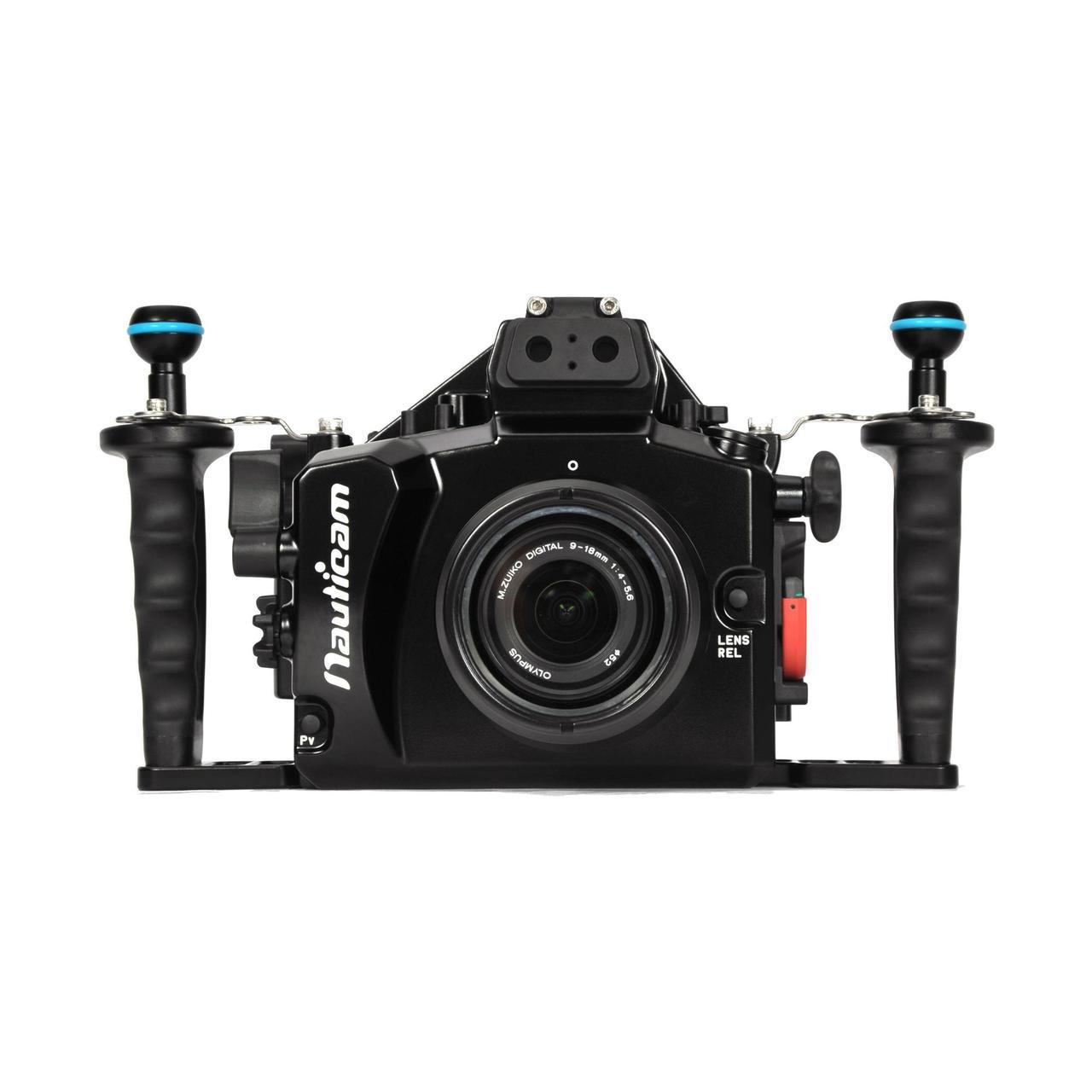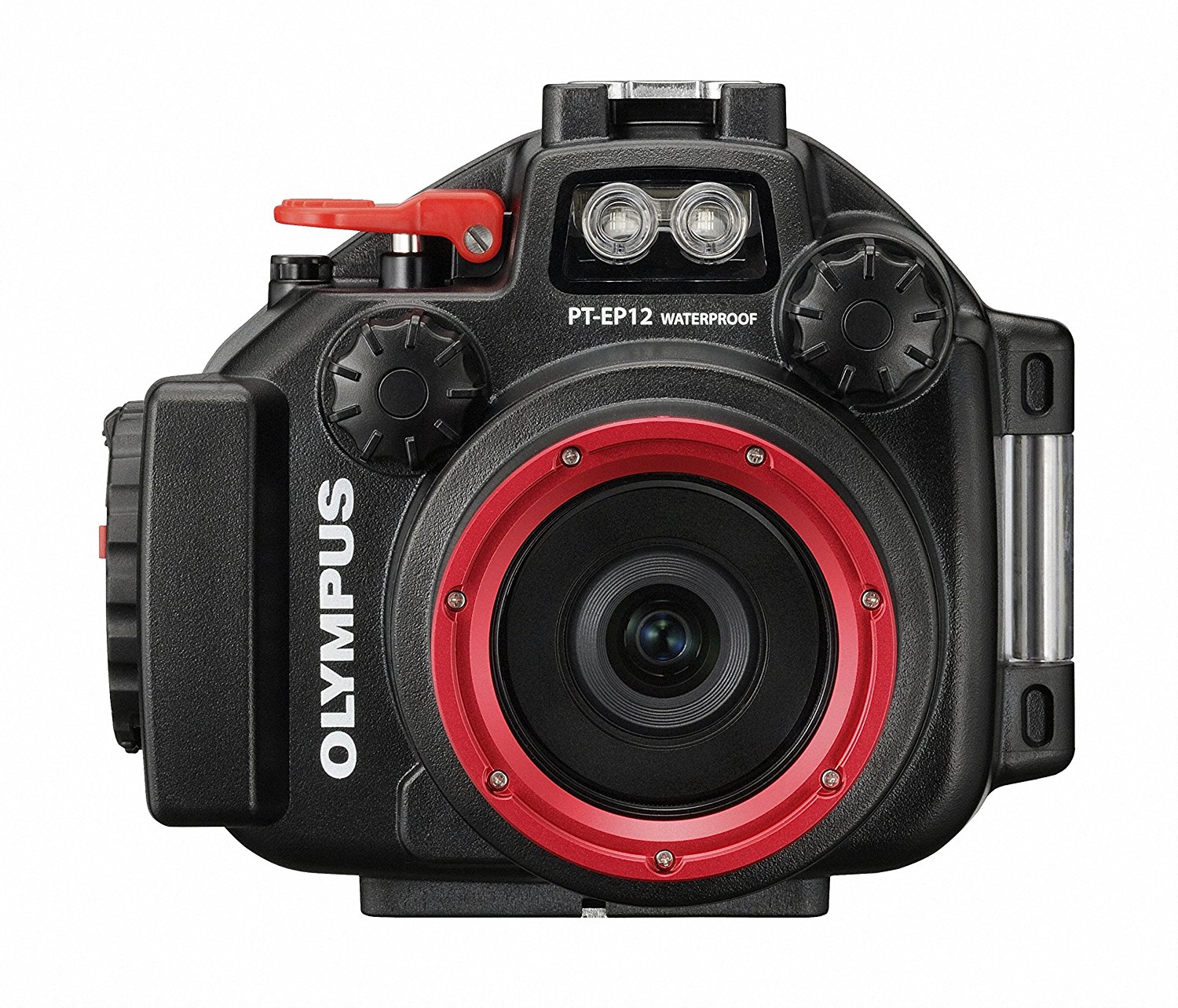Strobes generate a lot of questions on Facebook, so for my next instalment of UP-FAQ’s I’m going to address a few of these. Don’t worry if you don’t get all your answers in this one blog, there will be a sequel soon as it’s a big subject.
Underwater Photography FAQ’s Volume One : Domes
For my first blog in a while I thought it would be good to draw together answers to some of the questions I’ve seen asked on Facebook both on our own group and other diving and underwater photography groups. I’ll start this series off with some questions relating to dome ports and domed wide angle wet lenses.
The Truth About.......Filters for Underwater Photography
Why buy the....Canon G9X MkII in a Fantasea housing?
Macro Musings Part 3 : Getting Snooty
In part two of my musings I mentioned using a snoot to manipulate strobe lighting while taking underwater macro shots. In this blog I'm going to cover them in some detail.
The Truth About 'Waterproof' Cameras
Underwater Camera Housings: Plastic vs Metal
Underwater housings for cameras can be made from metal or plastic. In this blog I’ll lay out the advantages and disadvantages of the two different types.
Anne on a dive at Staxigoe Harbour, Caithness in the North east of Scotland. The housing she is holding is a metal Nauticam with an Olympus OMD EM10 MkII inside it and a dome port fitted.
There are two big advantages that plastic housings bring to the table. Firstly they are almost always cheaper than metal housings. This stems from simpler production methods and a cheaper material. For divers on limited budgets wanting to get started taking pictures underwater the cost of a high end metal housing even for a compact camera such as an OM Systems TG7 is a lot to layout. That extra money could often be better used on accessories or to fund some actual diving. So a plastic housing is many people's starting point in underwater photography.
Secondly nearly all are lighter than their metal counterparts, although Ikelite's polycarbonate housings have a reputation for being often as weighty as some metal ones. With reduced luggage allowances and the weight of dive kit and camera accessories to fit in, a lightweight housing for traveling can be a boon for someone on a budget or travelling light.
The Fantasea FG9X housing for the now discontinued Canon G9X and G9X MkII is resilient and lightweight. It’s also the only viable choice for the G9X cameras because no other brand came up with a button system to operate the touch screen controls.
So why ever bother spending the money on a metal housing?
Availability is probably one of the strongest reasons. In the case of those wanting to use certain cameras it may be because they can't get a good quality plastic housing for their camera. Although this works both ways. The only quality housing for the Olympus OMD EM10 MkII was a metal one made by Nauticam but then there weren’t any good metal housings available for the excellent Canon G9X MkII compact camera. For those using interchangeable lens systems, either DSLR or Mirrorless it can be the range of ports available to go with lenses. In the case of some high end compacts such as the Canon G7X MkIII the metal housing systems have short ports available that allow for better results from high end wide angle lenses unlike most of the plastic housing systems.
Depth rating might also lead you to buying a metal housing rather than plastic. If you are a technical diver you may well want a housing with a rating below 60 metres and that means in most cases going for a housing built from aluminium. For example Nauticam housings are rated to 100m.
Nauticam housings for Mirrorless and DSLR cameras are supported by a broad range of lens ports allowing you to add wide angle, fisheye or macro lenses to your setup.
Durability is often sited as a problem and yes a good metal housing will probably survive more harsh treatment than an equivalent plastic one for longer. But there is probably a narrower margin than critics believe between what will kill a plastic housing and what will do the same for a metal one. Ports, dials, buttons, hinges and locking mechanisms are weak spots to damage on all housings. If you take care of your housing, whatever material it is made from it will likely last longer than your camera's useful life.
Where problems most often occur with plastic housings and not metal is in the event of sand getting into a control such as button or dial. If not spotted and removed promptly wear can occur to the plastic of the housing body or door where the control passes through it. If that wear causes a leak it’s likely to result in you needing to replace the whole housing. If you are regularly shore diving from sandy beaches extra care should be taken when rinsing your housing after dives.
In addition mounting points on aluminium housings like cold shoes and the plates for attaching trays etc are generally sturdier because they don’t require a metal part to be screwed onto a plastic surface. In the case of some housings it’s possible to screw ball mounts into sockets in the housing itself for a more secure attachment than a cold shoe.
Steve is holding a Nauticam housing for a DSLR fitted with a large dome for wide angle photography. Domes like this can hold so much air that they make the housing front buoyant.
Another issue with plastic housings is the problem of the port fogging up on the inside. This is more common when there are warm, humid conditions or large differences between air and water temperatures in the area you are diving. Condensation forms when air inside the housing that is warmer than the surrounding water passes over a cool surface. In plastic housings the port is usually the coolest part of the housing because the plastic housing body conducts heat more slowly, so the port mists up. This is exacerbated in large camera housings such as DSLR or Mirrorless where there is more air to circulate. Cameras that run at higher temperatures also increase the chances of condensation forming during a dive. Measures such as using silica packs inside the housing, only opening the housing in cool, dry air and making efforts to reduce the camera's heat output can decrease the possibility of this happening. With metal housings the internal surfaces cool more evenly and so condensation inside the port is rarely an issue.
Olympus housing for the EPL-7 Mirrorless camera. Somewhat annoyingly the design characteristics of Olympus’ own brand mirrorless camera housing changed repeatedly without much logic. This means the used market can be something of a minefield with some housing models being better suited for adding wet lenses or shooting macro than others.
Until recently the other advantage for metal housings, that for some has become a deal breaker is that there weren't any electronic vacuum leak detection systems for plastic housings. This stemmed from the slight flexibility of the housing structure being enough to trigger the early systems when there wasn't actually a leak. Several brands including Fantasea have now produced vacuum systems and have revised the design of their housings to provide them as options.
So there are some pros and cons to both systems. But in the end it should boil down to whether the housing and camera combination will give you the best results for your budget.
If you would like to book on a course or workshop or buy equipment email us at info@alphamarinephoto.com We can supply housings and accessories by a wide range of manufacturers and run online courses and workshops around the world.
We also run an advice and discussion group on Facebook, Alphamarine Photography Q & A which anyone can join as long as they stick to the rules.
If you found this blog helpful and would like to support what I do you can ‘buy me a coffee’
We are in a number of affiliate programs including those for Wex Photo/Video and Amazon. Be aware if you click a link that leads you to product for sale from one of those sites and you buy it we will receive a small percentage of sale.
Power saving tip number one : Flash output
Just a short blog for underwater photographers. Did you know that if you are using a strobe on manual power with a fibre optic cable for triggering your camera flash will trigger the strobe on any setting. This means you can set your flash to manual on the lowest power available, which will save you considerable camera battery power if you haven't already been doing it.















